What Does a “Framework” For Web Development Mean?

A web development framework is a software platform that offers a structured foundation for creating websites, web applications, and web APIs. It comprises a set of pre-written code, libraries, tools, and guidelines that simplify the development process, enabling developers to concentrate on building unique features instead of starting from scratch.
Importance of Web Development Frameworks
Efficiency and Speed:
Frameworks provide pre-built components and libraries that enable developers to construct applications more quickly and with less code, which is vital for meeting tight deadlines.
Consistency:
They ensure a standardized structure and coding conventions, enhancing uniformity across various parts of an application and improving user experience.
Modularity:
Frameworks encourage modularity by allowing developers to organize code into reusable components, making it easier to manage, debug, and maintain.
Security:
Many frameworks come with built-in security features that help protect against common vulnerabilities like SQL injection and cross-site scripting (XSS).
Cross-Browser Compatibility:
Frameworks are designed to work seamlessly across different web browsers and devices, ensuring a consistent user experience for a diverse audience.
Community Support:
Popular frameworks have large communities that offer valuable support, resources, and updates, assisting developers in troubleshooting and adopting best practices.
Scalability:
They are designed to accommodate growth in application size and complexity, providing tools that facilitate easier scaling as user demands increase.
Built-In Tools for Testing and Debugging:
Many frameworks include testing tools that simplify debugging and quality assurance processes, helping maintain high standards in applications.
Share
Popular Web Development Frameworks
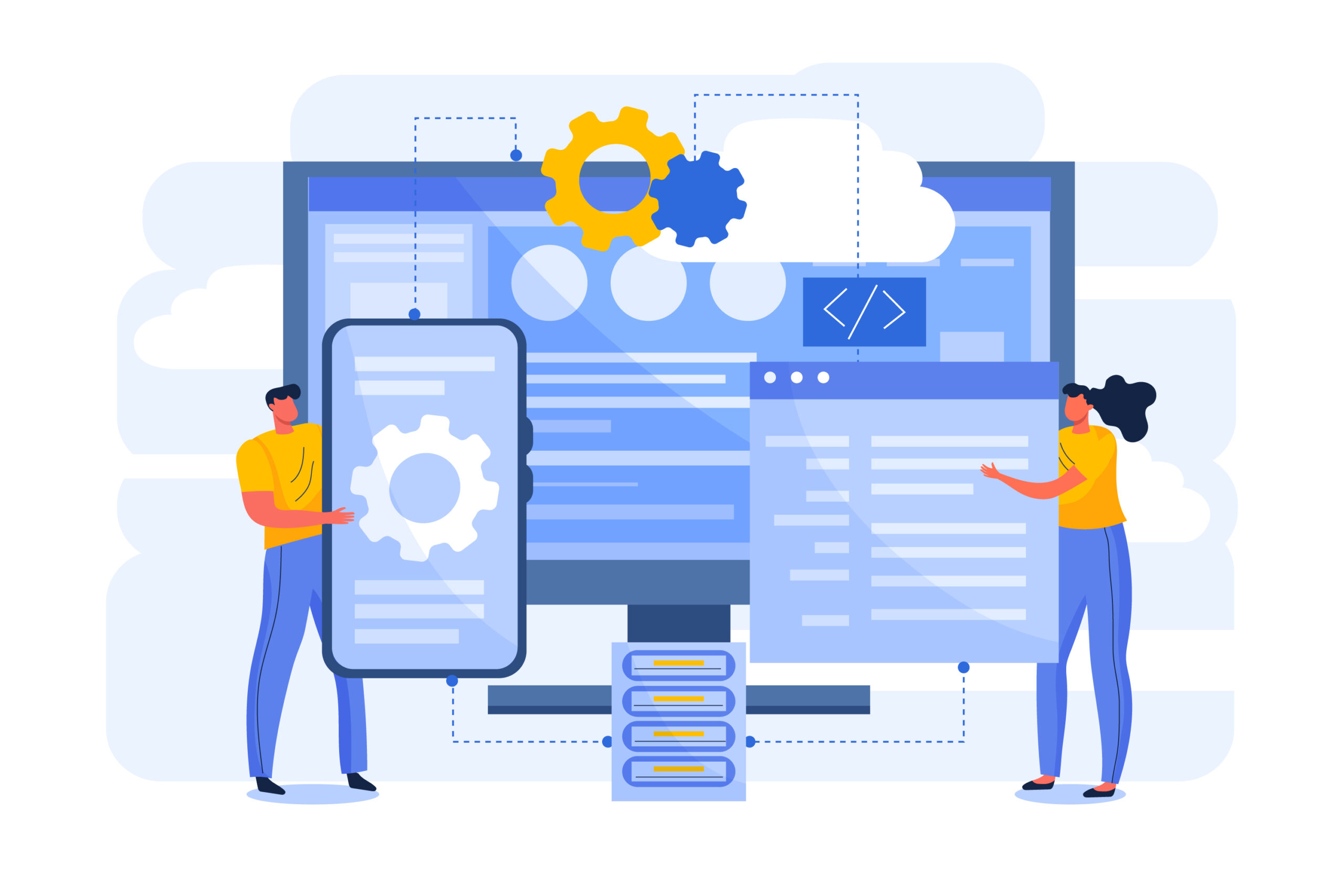
1. React
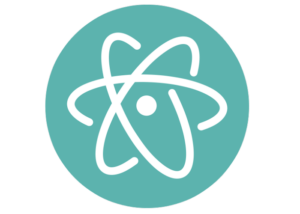
React is a JavaScript library created by Facebook, primarily designed for building user interfaces. It emphasizes a component-based architecture, enabling developers to create reusable UI components that are easy to manage and maintain.
Key Features:
Component-Based Architecture: React applications consist of independent components that encapsulate their own logic and rendering. This modularity promotes code reuse and improves maintainability, as components can be developed, tested, and updated independently.
Virtual DOM: React utilizes a virtual representation of the DOM, which allows it to efficiently update only the parts of the UI that change. When an object’s state changes, React first updates the virtual DOM and then compares it with the actual DOM to determine the minimal number of changes needed, significantly enhancing performance.
JSX (JavaScript XML): JSX enables developers to write HTML-like syntax within JavaScript code, making it easier to visualize the structure of UI components. This syntactic sugar simplifies component creation and improves readability.
Benefits:
High Performance: The virtual DOM and efficient update mechanisms result in high performance for dynamic applications.
Strong Community Support: React boasts a vast ecosystem with numerous libraries, tools, and resources available, supported by a large developer community.
Flexibility: It can be integrated with various back-end technologies and is suitable for building single-page applications (SPAs) as well as mobile applications through React Native.
Use Cases:
React is particularly effective for SPAs where user interactions do not require full page reloads. Companies like Facebook, Instagram, and Netflix utilize React for its capability to create dynamic and responsive user interfaces.
2. Angular
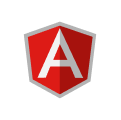
Angular is a powerful front-end framework created by Google that utilizes TypeScript. It offers a comprehensive set of tools for developing dynamic web applications with an emphasis on scalability and maintainability.
Key Features:
Two-Way Data Binding: Angular automatically synchronizes data between the model (data layer) and the view (UI layer). This means any changes made in the model will automatically update the view and vice versa.
Dependency Injection: This feature simplifies component management by allowing developers to inject dependencies instead of creating them directly within components. This results in more modular code that is easier to test.
Modular Architecture: Angular applications are structured into modules, which enhances scalability and maintainability. Each module can encapsulate related components, services, and directives.
Benefits:
Enterprise-Level Support: Angular is designed for large-scale applications, providing built-in tools for testing and security.
Extensive Documentation: The framework comes with comprehensive documentation and community resources that facilitate learning and troubleshooting.
Robust Testing Tools: Angular includes tools like Jasmine for unit testing, ensuring high code quality.
Use Cases:
Angular is particularly well-suited for complex enterprise applications such as Google Cloud Console and Microsoft Office Online, where maintainability and scalability are essential.
3. Django
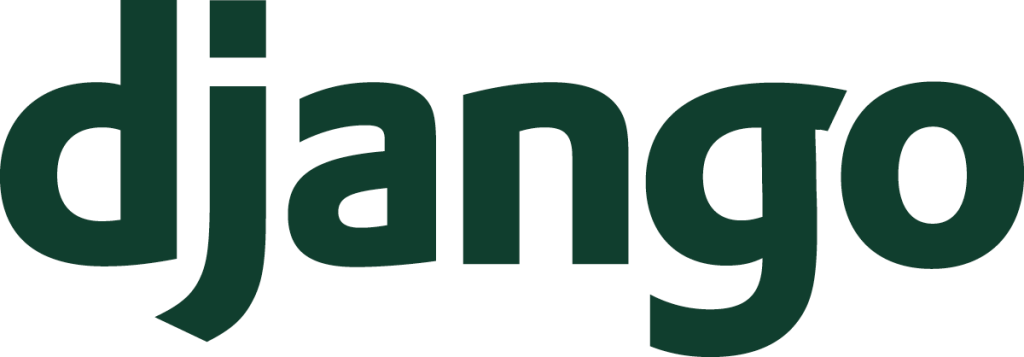
Django is a high-level Python web framework designed for rapid development and clean design. It follows the Model-Template-View (MTV) architectural pattern, promoting a clear separation of concerns.
Key Features:
Built-In Admin Interface: Django offers an automatically generated admin panel that enables developers to manage application data easily without needing additional coding.
Robust Security Features: Django includes built-in protections against common security threats such as SQL injection, cross-site scripting, and cross-site request forgery.
Object-Relational Mapping (ORM): This feature allows developers to interact with databases using Python objects instead of SQL queries, simplifying database operations.
Benefits:
Rapid Development: Django’s “batteries-included” philosophy means it comes with many built-in features that reduce the amount of code required for common tasks.
Scalability: Django can effectively handle high traffic loads, making it suitable for large applications like Instagram.
Strong Community Support: A large community contributes numerous third-party packages that extend Django’s functionality.
Use Cases:
Django is ideal for content management systems, social networks, e-commerce sites, and scientific computing platforms due to its flexibility and robustness.
4. Laravel
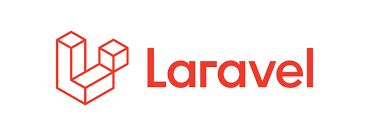
Laravel is an open-source PHP framework recognized for its elegant syntax and developer-friendly features. It adheres to the Model-View-Controller (MVC) architectural pattern.
Key Features:
Eloquent ORM: Laravel’s Object-Relational Mapping (ORM) provides an expressive syntax for interacting with databases, allowing developers to use simple PHP syntax instead of complex SQL queries.
Artisan Command-Line Tool: This tool simplifies common tasks like database migrations and seeding, enhancing developer productivity.
Built-In Authentication System: Laravel streamlines user authentication processes with built-in features that facilitate easy management of user sessions.
Benefits:
Clean Code Structure: Laravel encourages writing clean code that improves readability and maintainability through its elegant syntax.
Extensive Ecosystem: The framework offers numerous packages that add additional functionalities, such as payment processing and API integration.
Strong Community Support: Laravel has a vibrant community that provides extensive resources, including forums, tutorials, and documentation.
Use Cases:
Laravel is particularly well-suited for modern web applications, APIs, e-commerce platforms, and projects that require rapid development cycles due to its ease of use.
5. ASP.NET Core
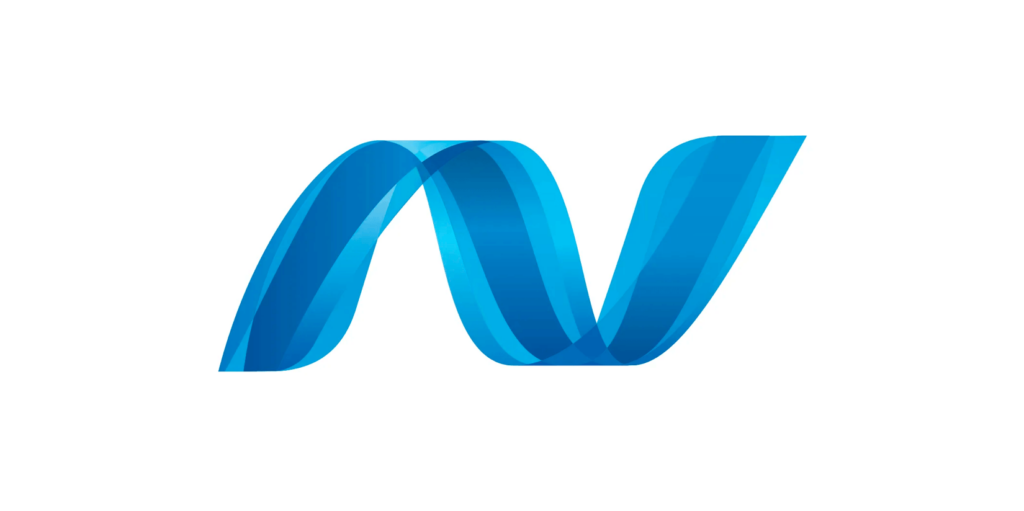
ASP.NET Core is an open-source framework developed by Microsoft for creating modern web applications. It is designed to be cross-platform, allowing developers to run it on Windows, macOS, or Linux.
Key Features:
High Performance: ASP.NET Core is optimized for speed and scalability through features such as asynchronous programming patterns.
Built-In Dependency Injection: This feature enhances code organization by enabling developers to manage dependencies externally rather than within components.
Support for Multiple Languages: Developers can utilize C#, F#, or VB.NET when building applications with ASP.NET Core.
Benefits:
Enterprise-Level Capabilities: ASP.NET Core is well-suited for developing robust enterprise applications, offering a comprehensive toolset for security, caching, session management, and more.
Cloud Integration: Strong integration capabilities with cloud services like Microsoft Azure enhance deployment options.
Active Development Community: Continuous updates from Microsoft ensure that ASP.NET Core remains aligned with modern development practices.
Use Cases:
ASP.NET Core is commonly employed in enterprise-level applications, e-commerce sites, web APIs, and cloud-based services due to its versatility and performance capabilities.
Selection Criteria
When choosing a web development framework, consider the following important factors:
- Ease of Use: The framework should have clear documentation and tutorials to support quick learning and implementation.
- Scalability: Ensure the framework can accommodate growth and effectively support both small and large projects without performance issues.
- Performance: Look for frameworks that demonstrate efficient performance under high traffic conditions, as evidenced by benchmark tests.
- Security: Opt for frameworks with built-in security features to guard against common vulnerabilities like SQL injection and cross-site scripting (XSS).
- Community Support: A strong community can provide valuable resources, plugins, and assistance, enhancing the overall development experience.
- Cost and Budget: Evaluate the framework’s licensing to ensure it aligns with your project budget and does not include hidden costs.
- Learning Curve: Consider the complexity of the framework; a manageable learning curve is crucial for the quick onboarding of developers.
- Ecosystem: Assess the availability of libraries, plugins, and third-party integrations that can improve development efficiency.
[Want to learn more about the best framework for web development? Click here to reach us.]
Conclusion
Choosing the right web development framework is crucial for the success of your project, as it can significantly influence both development efficiency and user experience. With a variety of frameworks available, such as React, Angular, Django, Laravel, and ASP.NET Core, each offers unique features tailored to different needs. Key considerations like ease of use, scalability, performance, security, and community support should guide your decision-making process.
In this context, Bobcares stands out as a valuable partner for businesses seeking comprehensive web development support services.
With expertise in custom software development, web application development, and ongoing maintenance, Bobcares ensures that your projects are not only built to high standards but also supported throughout their lifecycle. Their dedicated team provides tailored solutions that align with your specific business requirements, enhancing both functionality and user engagement.
By leveraging Bobcares’ extensive experience and resources, you can confidently navigate the complexities of web development while focusing on your core business objectives.s







0 Comments